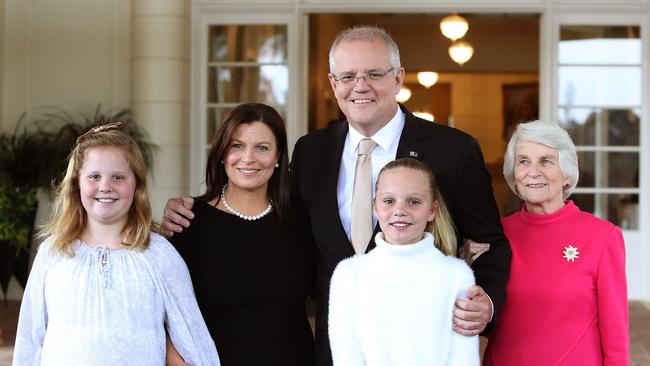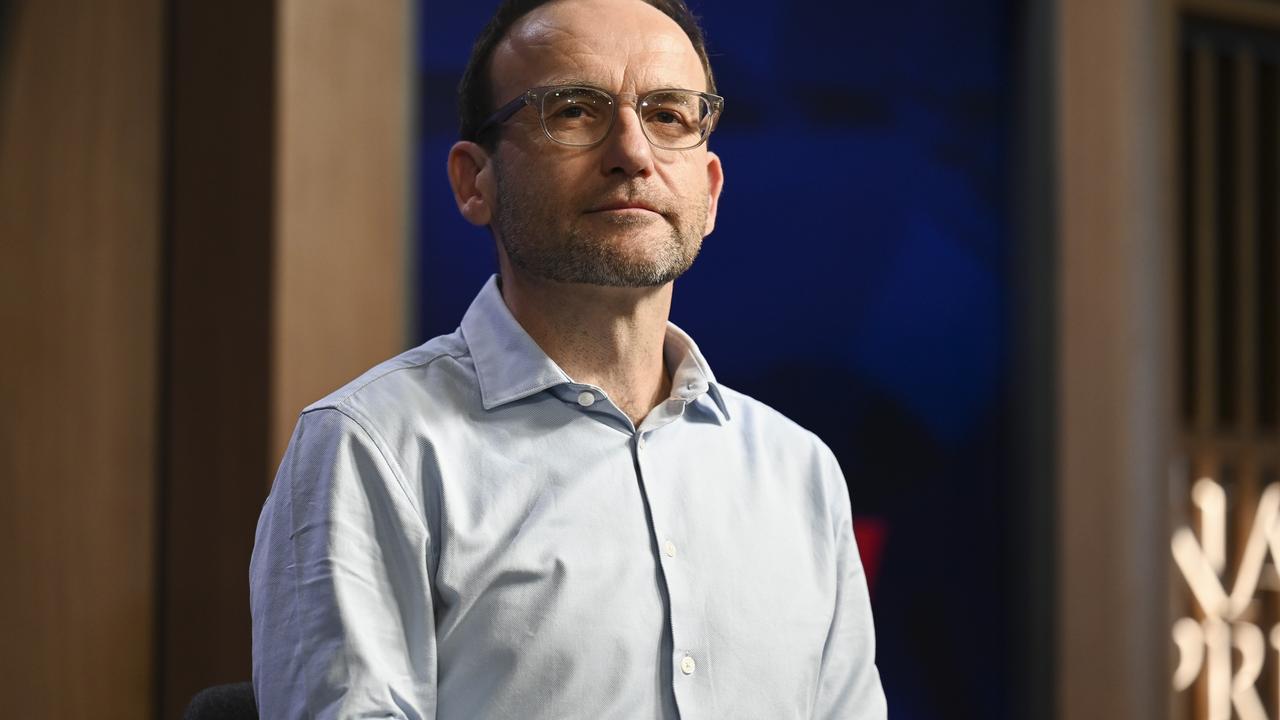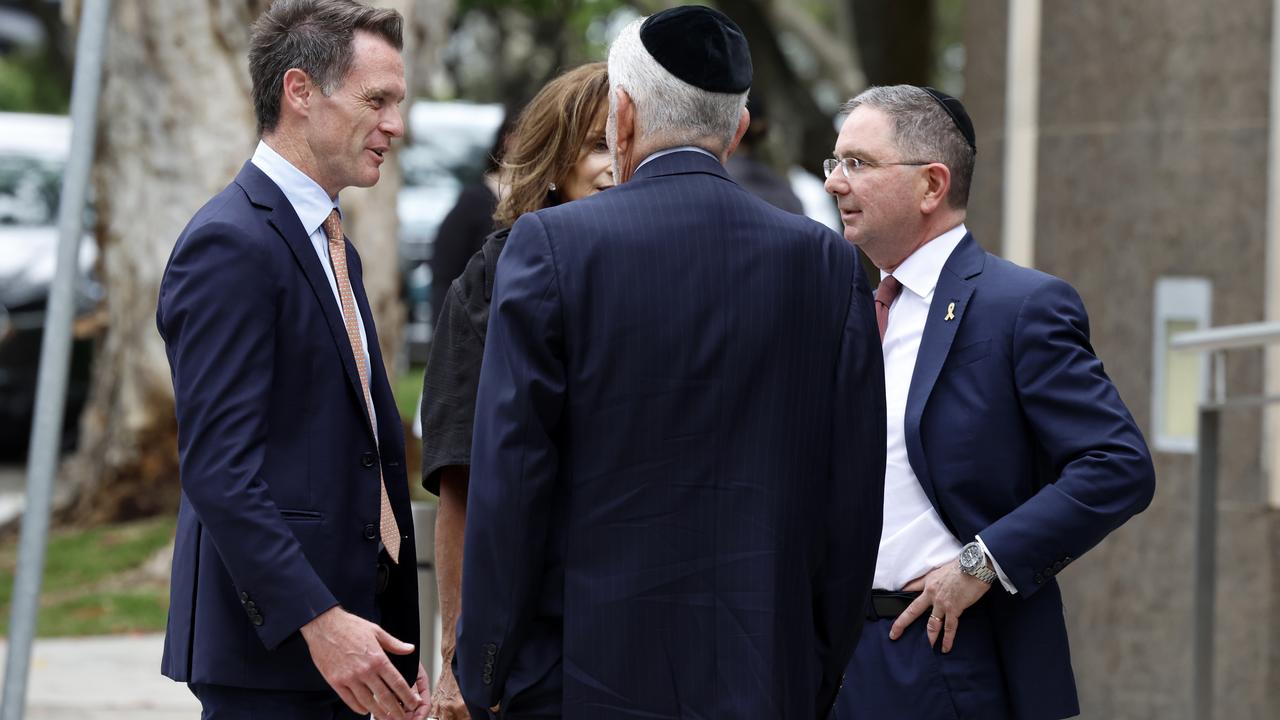Coronavirus: No chances taken with health of Scott Morrison, his staff and family
As the coronavirus pandemic sweeps the world, authorities are working to protect the world’s leaders.

As the coronavirus pandemic sweeps the world, striking down the old and the infirm with remorseless efficiency, authorities are working to protect the world’s leaders from the worst ravages of the disease.
Boris Johnson’s near-death experience proved no one is immune from the virus, not kings, not queens, not high office holders.
Prince Charles was brushed lightly by the disease while the British Prime Minister was very nearly felled by it.
In Australia, Scott Morrison is protected from COVID-19 by a series of measures instigated at the outset of the pandemic and rigorously observed by the Prime Minister and his staff.
About two weeks ago Mr Morrison moved his wife, Jenny and their two school-aged kids, Abbey and Lily, out of Sydney and into The Lodge, the Prime Minister’s official Canberra residence.
With them was Marion Morrison, Mr Morrison’s elderly mother who in January was widowed when her husband, the Prime Minister’s father, John Morrison, died at the age of 84.
The timing of the move seems to have been driven by the end of the school term as well as a desire to protect Mr Morrison’s mother, who, aside from being vulnerable to the disease, is, one assumes, still grieving the loss of her husband.
Plus, of course, there is a requirement that the Prime Minister remain in Canberra to lead the national response to the pandemic, which to some degree or another involves just about every arm of the federal government.
Once a week Mr Morrison is checked by his doctor.
While the PM has never been tested for COVID-19, he is closely observed by his doctor for early signs of the illness — high temperature, a cough, a runny nose.
The checks were instituted after the pandemic began.
In the Prime Minister’s parliamentary office strict social-distancing rules are observed.
There is a limit on the number of people allowed in the office at anyone time, understood to be fewer than 10. Hand sanitisers are positioned by the door and are mandatory for all visitors. Mr Morrison does not wear a mask, but given that virtually all outdoor events have been cancelled there is probably no need. The Prime Minister’s time is divided between Parliament House, The Lodge and the short stretch of road that connects the two.
For government business the Prime Minister and his staff have commandeered the Secure Room.
The Secure Room is probably the safest, most heavily fortified conference room in the country. It is where the National Security Committee of Cabinet meets.
It is impervious, supposedly, to eavesdropping and electronic surveillance, although that’s not why it is favoured. It has a lot of screens.
Due to the social distancing requirements all meetings are conducted remotely, even if the principals are in Parliament House a few metres down the hall.
While Mr Morrison and his staff sit at the same table, 1.5m apart, everybody else dials in.
It’s like a Zoom call, if Zoom were encrypted to the highest degree imaginable and instead of needing a meeting ID you needed the Australian Signals Directorate to patch you in.
Press conferences have been moved from the Blue Room, inside parliament’s ministerial wing, to the Prime Minister’s courtyard or the Main Committee Room, a cavernous room where journalists can pepper the PM with questions while still meeting the social-distancing strictures. The measures reflect not airs on Mr Morrison’s part but a pragmatic requirement to maintain continuity of leadership at a time of unprecedented social and economic turmoil.
In March Home Affairs Minister Peter Dutton was hit with coronavirus. Mr Dutton’s case was mild, but had circumstances been different he could have spread the disease through the highest levels of government.
The average age of Australia’s politicians if 51 — young enough to survive the virus but old enough to be wary of it. Like the rest of us, they are not immune.


